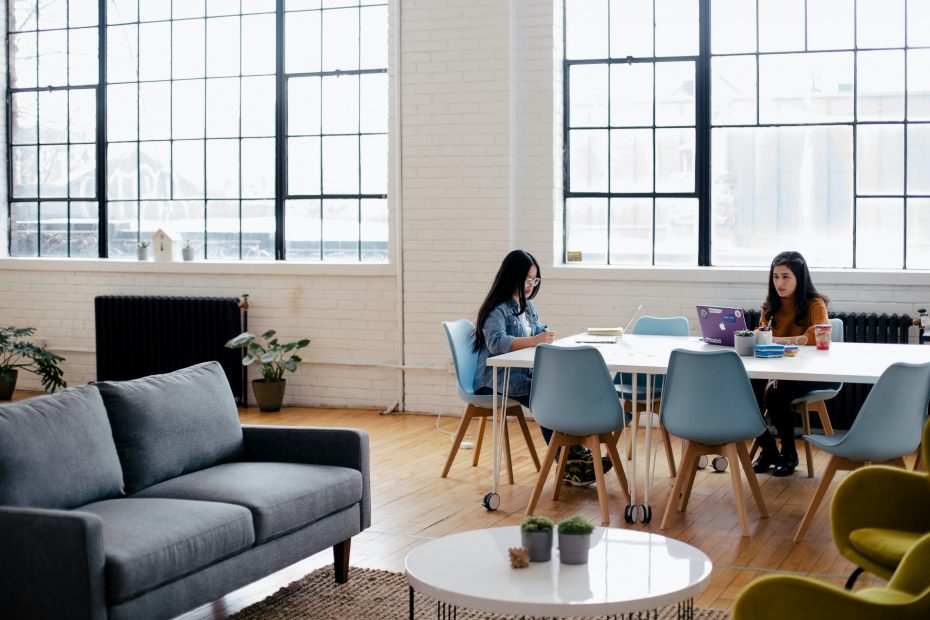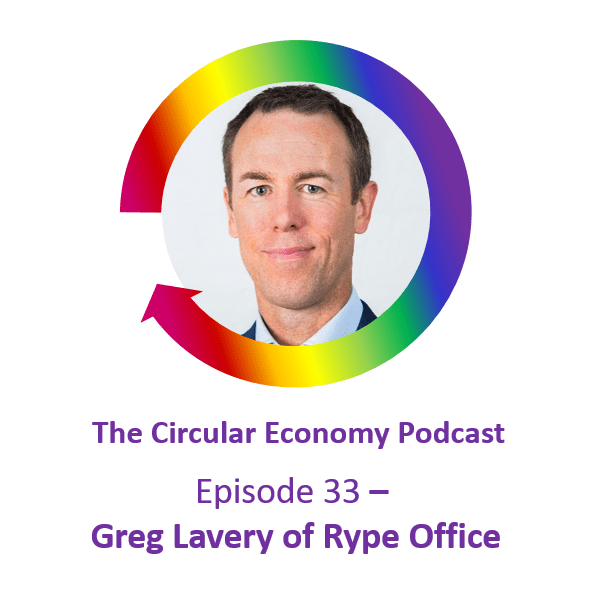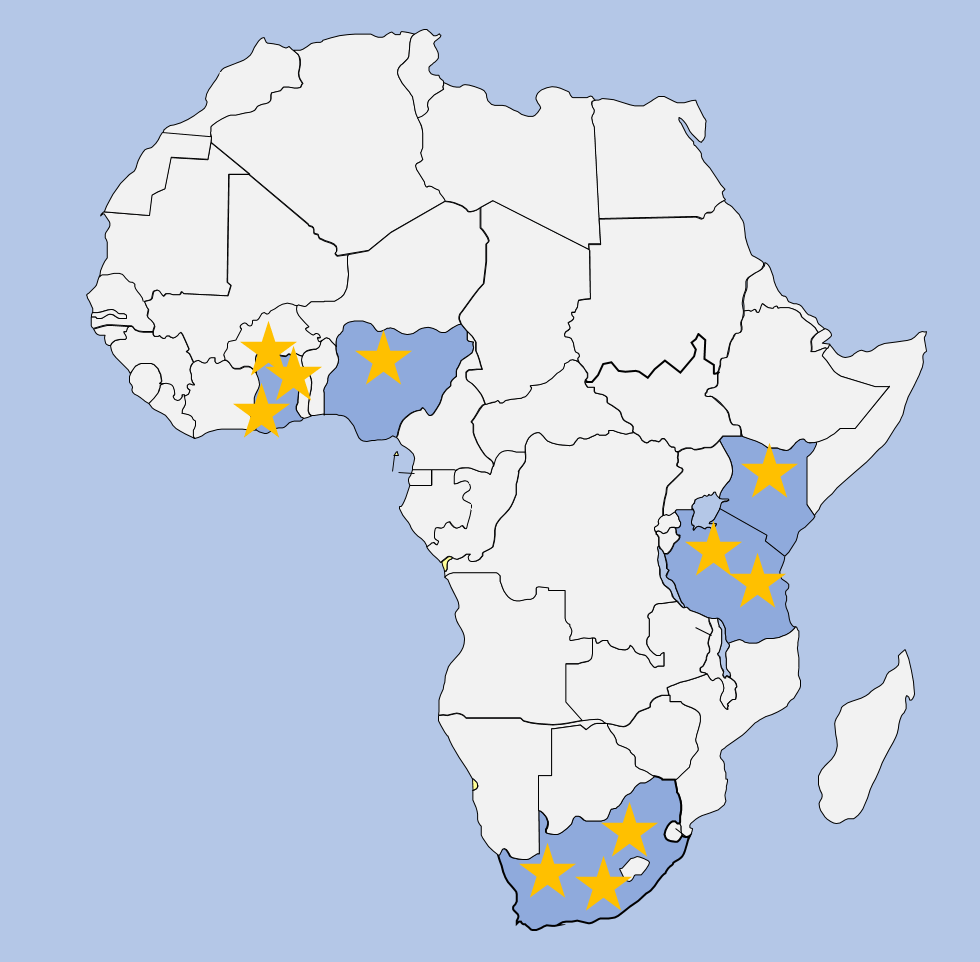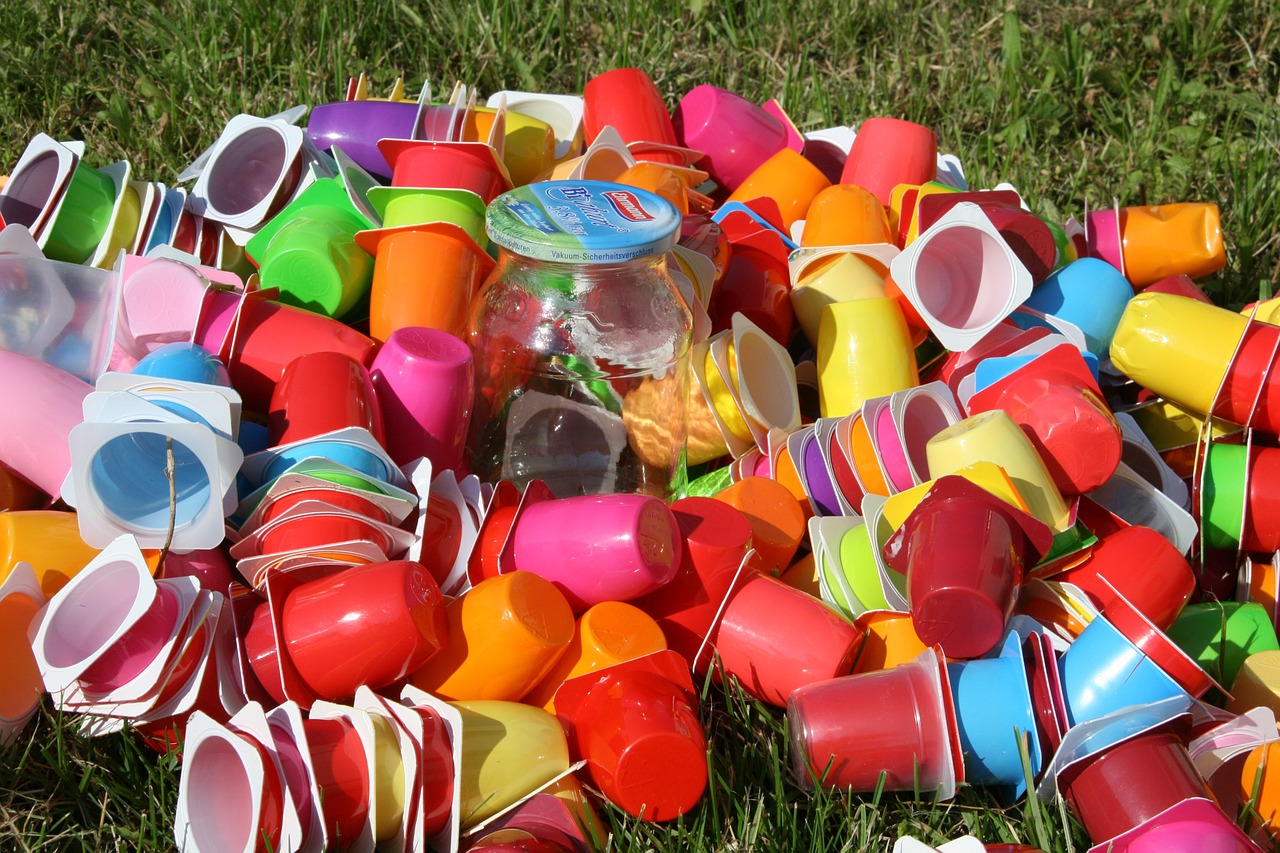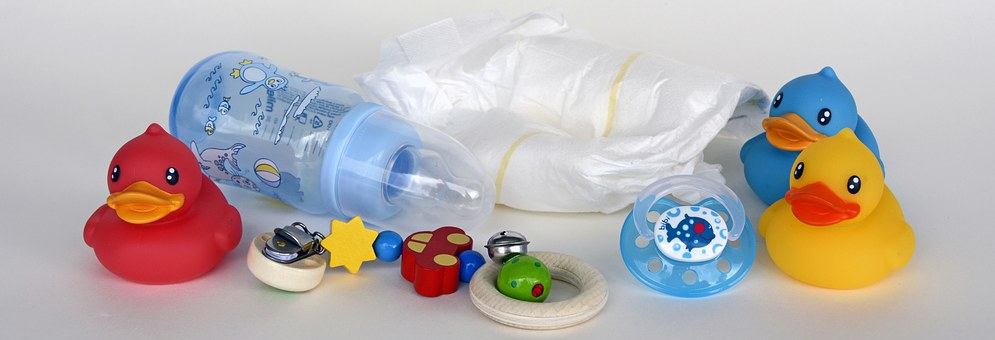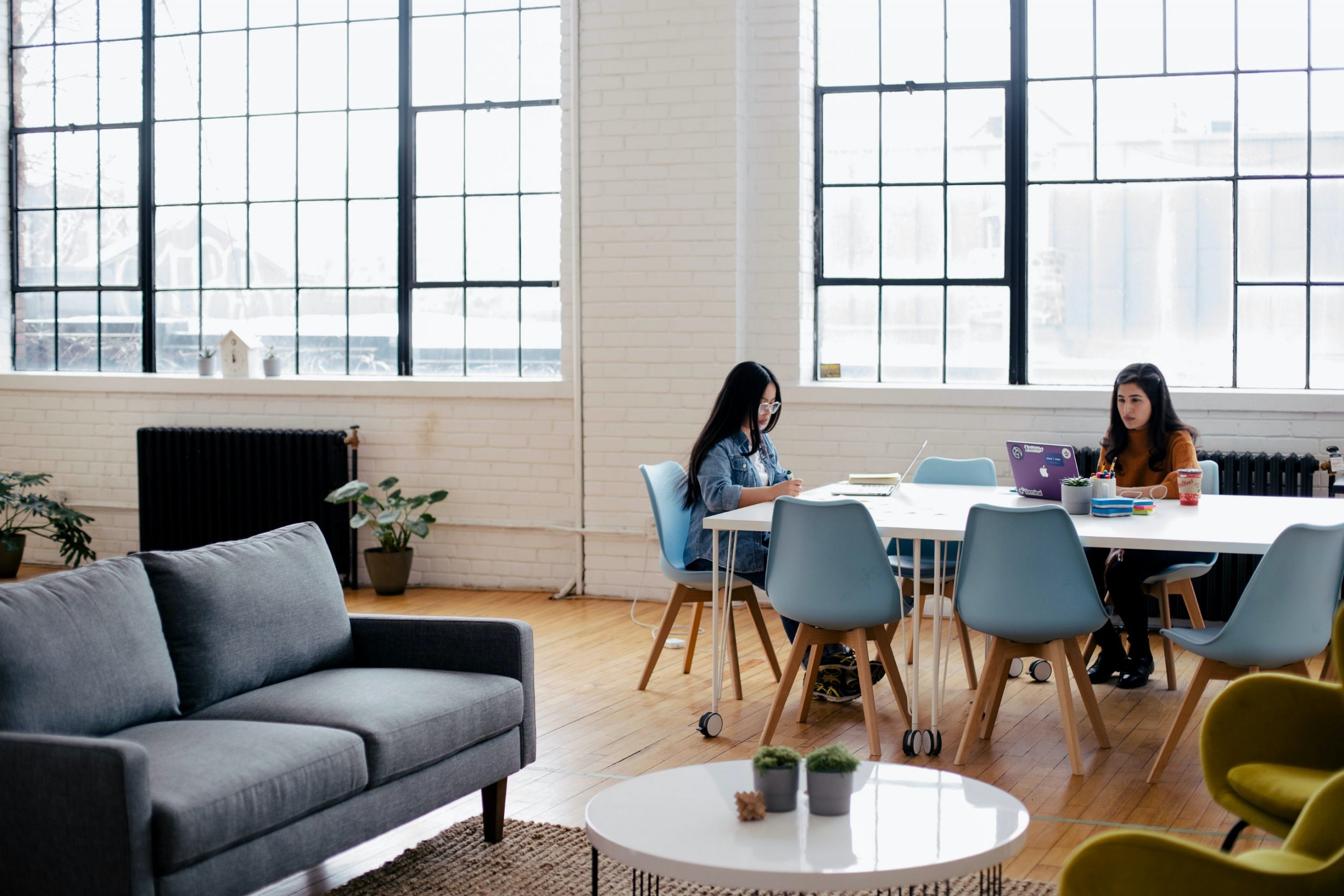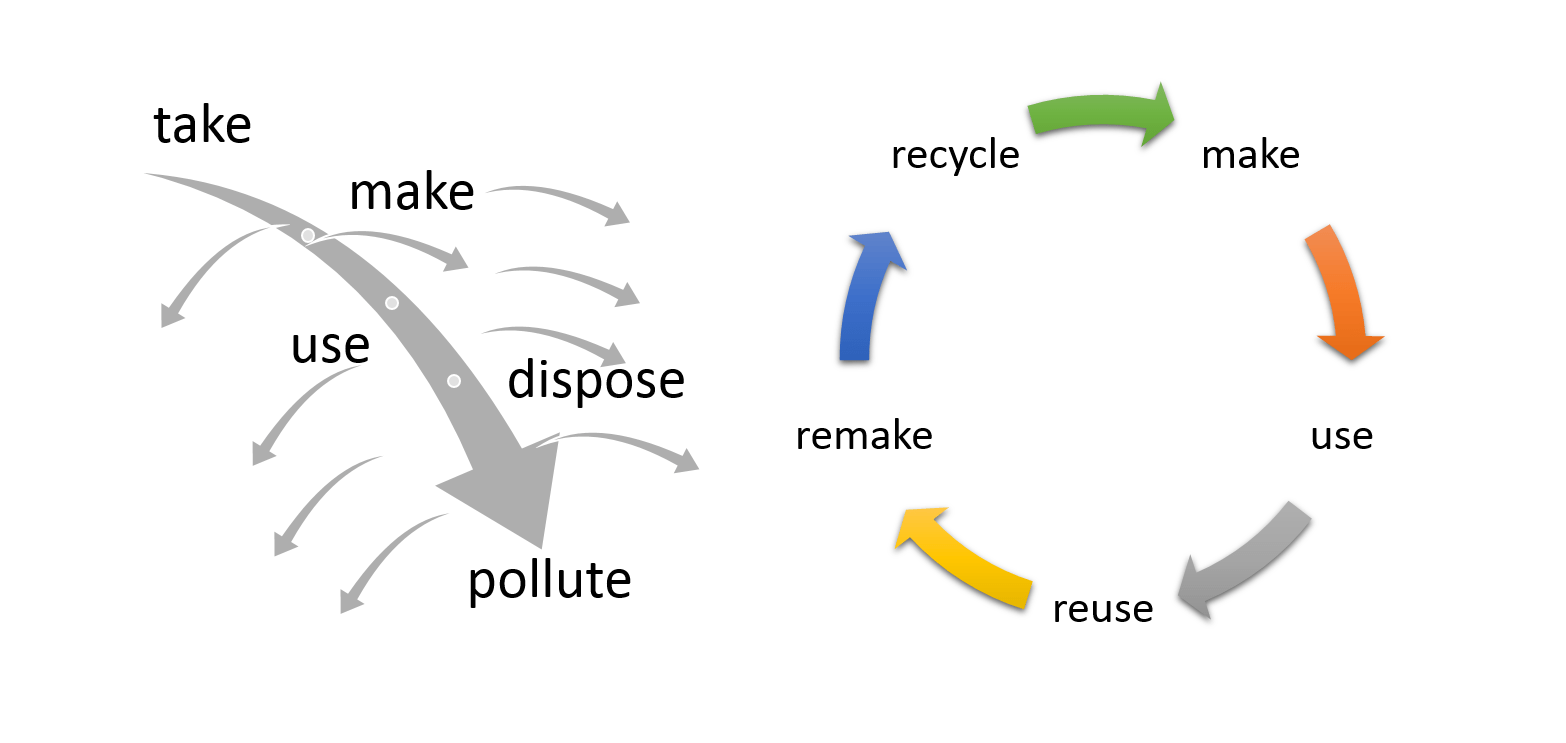Start your circular economy journey:
#1 The office
Ready to take the first steps towards ‘closing the loop’ on your products and materials? Are you finding it difficult to spark interest with your colleagues (or even have some sceptics to convince)? Or perhaps everyone is keen to create a more sustainable workplace, but not sure how to get started? Maybe you need to reconfigure the office layout to be Covid-secure?
Why not use the opportunities to get started with the circular economy , starting with office consumables and equipment?
What should you use to guide your choices? For a detailed assessment, we like to use the open-sourced Future-Fit Business Benchmark, which aligns with the Sustainable Development Goals. You use it to assess your whole business, and it helps highlight issues and improvement opportunities: materials should be recycled or renewable, safe for humans and living systems – not finite, scarce or toxic.
But as a starting point, maybe you need something simpler? We should be aiming to use things for longer, share or rent them, get them repaired, and reuse them. Recycling is better than waste (or incineration) – but should be our last resort.
Sandra Goldmark is a designer, teacher, and entrepreneur whose work focuses on circular economy solutions to overconsumption and climate change, and the author of Fixation: How to Have Stuff without Breaking the Planet. Inspired by Michael Pollan’s ‘food rules’ – “Eat food. Not too much. Mostly plants.” – Sandra believes we should “Have good stuff, not too much, mostly reclaimed, care for it, pass it on.” (Have a listen to Sandra in Episode 41 of the Circular Economy Podcast.
The stationery cupboard
You could start with some easy, low risk changes, and get some conversations going to see how you could ‘go circular with office consumables. How does the stationery cupboard measure up against Sandra’s motto?
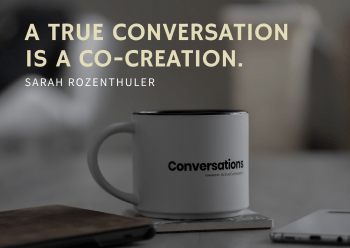 Discussions to raise awareness of the issues with your colleagues can spark ideas for circular innovation in your business: for material choices, product and process design, recovery flows and commercial models. Conversations to create a shared vision can spark ideas and generate energy for positive change.
Discussions to raise awareness of the issues with your colleagues can spark ideas for circular innovation in your business: for material choices, product and process design, recovery flows and commercial models. Conversations to create a shared vision can spark ideas and generate energy for positive change.
Those conversations can build interest in the benefits of using circular approaches across your organisation. Finding simple, low-risk ways to ‘close the loop’ in your office could open up discussions and encourage a circular mindset: office consumables could be an easy place to start.
Unwrapping your paper supplies
Where could you start with your first steps on your circular economy stationery cupboard?
You might begin with paper: for photocopying and printing, plus notepads, envelopes and so on. Finding sources of recycled paper is straightforward in many countries, but be careful to ensure ‘virgin’ fibre content is from properly managed forests. Using independently certified sources, such as FSC (Forest Stewardship Council) or PEFC (Programme for the Endorsement of Forest Certification), ensures you are not supporting deforestation.
Looking a bit deeper raises more questions:
- Should you use papers with recycled content? Or from tree-free (non-wood) fibres?
- If you are using paper from wood sources, how can you avoid those made from ‘old growth’ timber?
- What about the processing – is it chlorine-free?
Campaign group Canopy hosts the Ecopaper Database, including a handy visual guide on the Steps to Environmentally Responsible Paper. The toolkit and guide will help you consider things like tree-free alternatives, using agricultural waste – and now there are even companies making fully recyclable paper from stone!
A favourite pen
Is it better to have a durable pen, a refillable pen, or just choose a recycled pen, similar to those mentioned in this blog on the Jetpens website? (from 2016.) A well-designed refillable pen that writes nicely might create longer-lasting relationships and increase brand loyalty. Pilot has its BeGreen range which includes several refillable pens. After a bit of experimentation, I decided that fountain pens and mechanical pencils are well-proven refillable solutions… and nice to write with!
Before deciding what to buy, ask how the options compare: lifetime cost, materials used (recycled or renewable), end-of-use options – what are the pros and cons?
 These days, pencils can be made from recycled paper or corn-starch, and are available in many countries. Here’s one example from the US, TreeSmart, which sells pencils from recycled paper and pens from recycled water bottles. Treesmart reminds us that plastic water bottles can be recycled back into new water bottles – which should be our highest priority! Search online for pencils made from recycled paper (even newspaper) in your part of the world.
These days, pencils can be made from recycled paper or corn-starch, and are available in many countries. Here’s one example from the US, TreeSmart, which sells pencils from recycled paper and pens from recycled water bottles. Treesmart reminds us that plastic water bottles can be recycled back into new water bottles – which should be our highest priority! Search online for pencils made from recycled paper (even newspaper) in your part of the world.
How might each of these options feature create value opportunities for the customer (you) and the supplier? Does using recycled plastic improve access to future resources? Could the provision of a nice, refillable pen create longer-term customer relationships for the supplier: so instead of choosing whichever disposable pen is on ‘special offer’, you are more likely to continue buying refills – and the manufacturer captures value through brand loyalty?
Why not start some discussions with your colleagues – what are the circular economy value opportunities for stationery cupboard items, for both users and buyers? How might these translate across to your business – for your own products and services, or to ‘go circular’ with other back-office or operational supplies?
Save
The future’s in the filing cabinet
For organising and filing, you might look at the re:cycle range from Leitz that uses recycled and recyclable materials. All the parts for lever arch file, including the metal lever arch mechanism, are easily removed for recycling. A slot in the lever mechanism holds a tool to remove the rivets so that in a couple of minutes you can separate the metal parts from the file outer. Using papier-mâché instead of the usual plastic for the ‘rado rings’ and thumbhole makes the file easier to recycle.
Leitz tells us that these re:cycle plastic products are made with 100%-recycled materials – and are also completely recyclable. Other products in the range include magazine files, letter trays, project folders and so on.
In the US, you could investigate the TerraCycle and Office Dept program for recycling old files, announced in March 2017. In the UK, TerraCycle has a ZeroWaste box service for Office Supplies and Stationery.
You can also buy recycled ‘Post-it® notes, which use a mix of pre-consumer and post-consumer fibre. Other sticky-note brands are available!
The possibilities are endless
There are now plenty of opportunities to rethink how you buy office consumables and equipment:
- Copier manufacturers including Canon, Dell and Lexmark have recycling programs for toner cartridges. They may offer pre-paid postage for low-volume users and collection services for major volumes. I haven’t yet found supplies of OEM recycled cartridges, though there are lots of remanufactured cartridge suppliers. Many offices now procure copying and printing as a service – rather than purchasing the equipment – encouraging the provider to improve reliability and reduce running costs.
- You can encourage double-sided printing and recycling of office paper – and check whether you are recovering value from your office waste. If quantities of paper/drinks cans/plastic are too small to earn revenue, could you collaborate with neighbouring businesses, consolidating ‘quality’ waste streams and turning a cost into a benefit?
- In the office kitchen: can you encourage people to use crockery and reusable cutlery, and wash up? And encourage them to bring their own food instead of getting takeaway food in unrecyclable packaging? Alternatively, if you don’t have washing up facilities, could you swap plastic cutlery and plastic-coated paper plates for biodegradable items? Vegware claims to be the ‘only completely compostable packaging company operating globally: providing catering disposables [that] are low carbon, made from renewable or recycled materials, and all can be recycled along with food waste’.
Big-ticket purchases
Why not think bigger, and ‘outside the box’ (the stationery cupboard)? Maybe you’re reconfiguring your office to help people work flexibly, create more ‘distance’ between desks or even support more working from home (#WFH)?
Maybe you’re thinking of an office space reconfiguration, but think you could reuse a lot of your existing furniture, carpets and space-dividers?
Buying remanufactured office furniture could highlight your circular aims whilst saving money and providing a well-designed, beautiful office space for employees and visitors.
Rype Office, a UK-based supplier of beautiful, high quality, sustainable office furniture aims to create profitable, positive impacts. It offers an award-winning free design service to improve productivity and minimise your footprint. [Disclosure – Catherine is a minor investor.] Rype Office will remanufacture quality brand-name pieces to as-new condition, refurbish or remodel your existing furniture, and supplement with new pieces to complete the design brief. Have a listen to Catherine’s conversation with Greg Lavery in Episode 33 of the Circular Economy Podcast.
Crown Workspaces, also in the UK, provides remanufacturing, refurbishing and repairing for desks, chairs and other office furniture. Its Renew Centre has 5,000 square feet of remanufacturing space, with high specification machinery, including two industrial CNC machines, an edge bander and lifting system. Crown’s Office Resale service provides an “affordable way to purchase high-quality, used office furniture with stock from all leading brands.”
Crown clients can donate unwanted office furniture and equipment to The Giving Back Project. Crown takes the unwanted furniture, IT and electrical equipment and liaises with charity partners to ensure they stay in use and reach those in need.
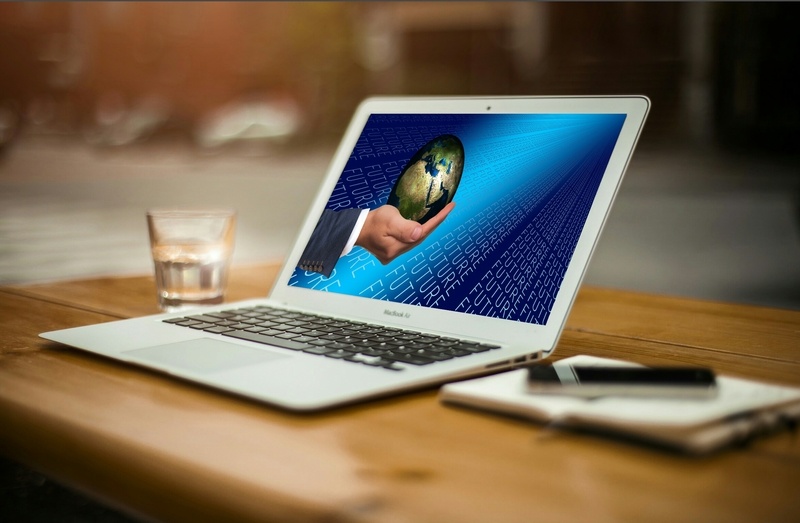
Is refurbished IT part of your procurement agenda? It should be! Listen to Mick Payne of Techbuyer, in episode 53 of the Circular Economy Podcast, explaining how refurbished and remanufactured IT equipment – servers, network equipment, hard drives and more – help save costs and reduce your organisation’s footprint, whilst providing the performance and reliability you need to underpin your operations.
Back in Episode 24, I interviewed Steve Haskew of Circular Computing, which remanufactures high-quality top-brand laptops, including Dell, HP and Lenovo. The laptops are certified carbon-neutral, with performance tested as providing 97 per cent compared to a new model.
Circular Computing has been remanufacturing since the 1990s, and provides laptops to education, public sector and even direct to consumers. Every machine goes through a 100+ point-check, any worn components are replaced and selected components are upgraded to give them a performance boost.
The company now has over 250 staff and remanufacturing capacity of up to 10,000 units each month. We talk about the customer value proposition, and how remanufacturing is different to second-use products.
Building momentum
These early changes can create an interest in how to create and capture value. You could start a blog or internal news feed, ask for feedback, respond to concerns, and steadily gain interest and enthusiasm for your own transition to ‘circularity’.
The circular economy uses a whole-systems perspective, designing products and services that recover, restore and cycle valuable resources. Starting with low-risk ‘baby steps’ allows learnings and success stories to generate interest and buy-in for bigger-scale, longer-term projects.
If you want to know more about the circular economy, read our guide: What is the Circular Economy? Catherine’s book, A Circular Economy Handbook: How to Build a More Resilient, Competitive and Sustainable Business offers lots more ideas and implementation tips.
What do you think? How have you started ‘circular’ conversations? What are your ‘lessons learned’?
Featured image: You X Ventures Studio, Toronto, Canada – Photo by Leon on Unsplash
Catherine Weetman advises businesses, gives workshops & talks, and writes about the circular economy. Her award-winning Circular Economy Handbook explains the concept and practicalities, in plain English. It includes lots of real examples and tips on getting started.
To find out more about the circular economy, why not listen to Episode 1 of the Circular Economy Podcast, read our guide: What is the Circular Economy, or stay in touch to get the latest episode and insights, straight to your inbox…
